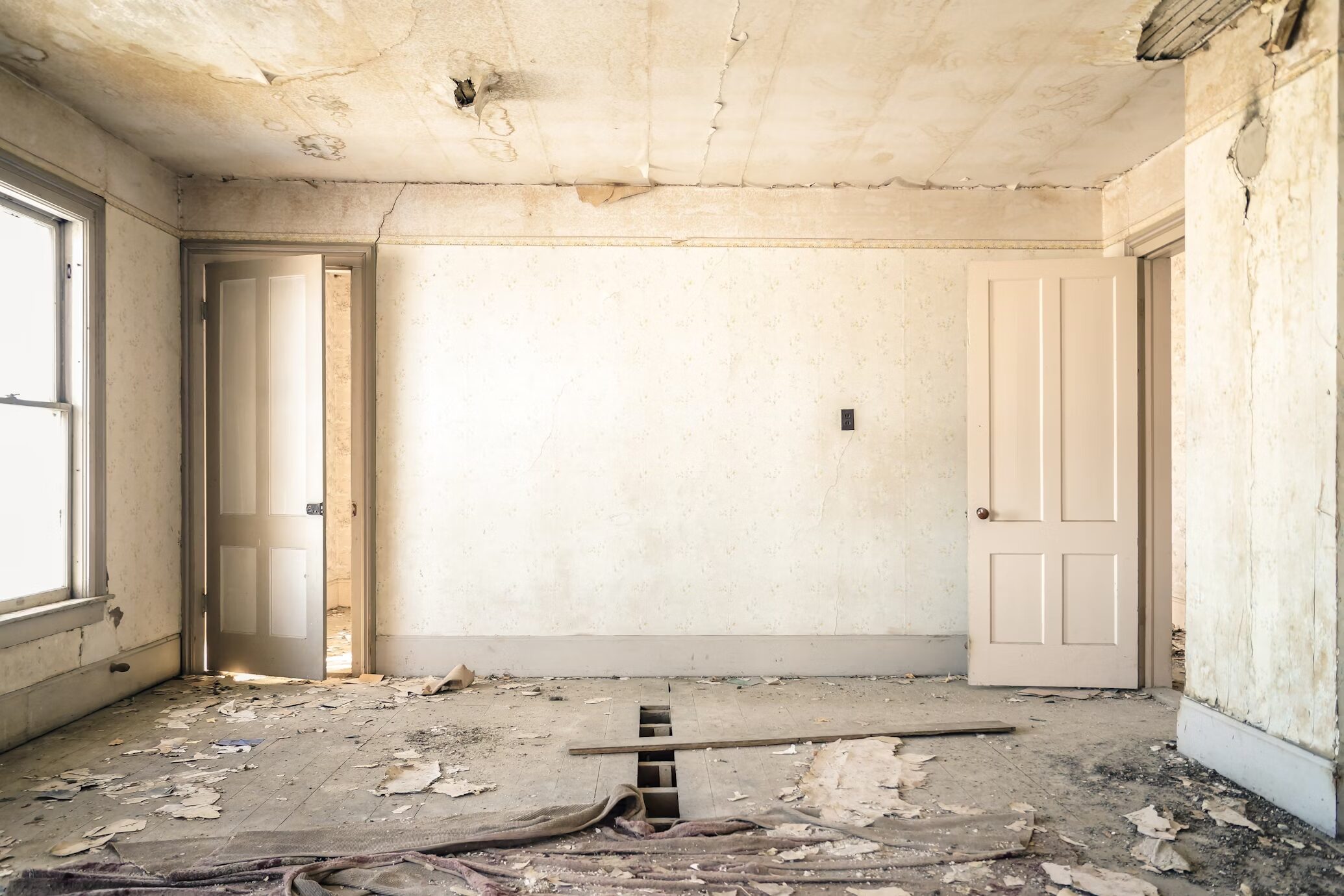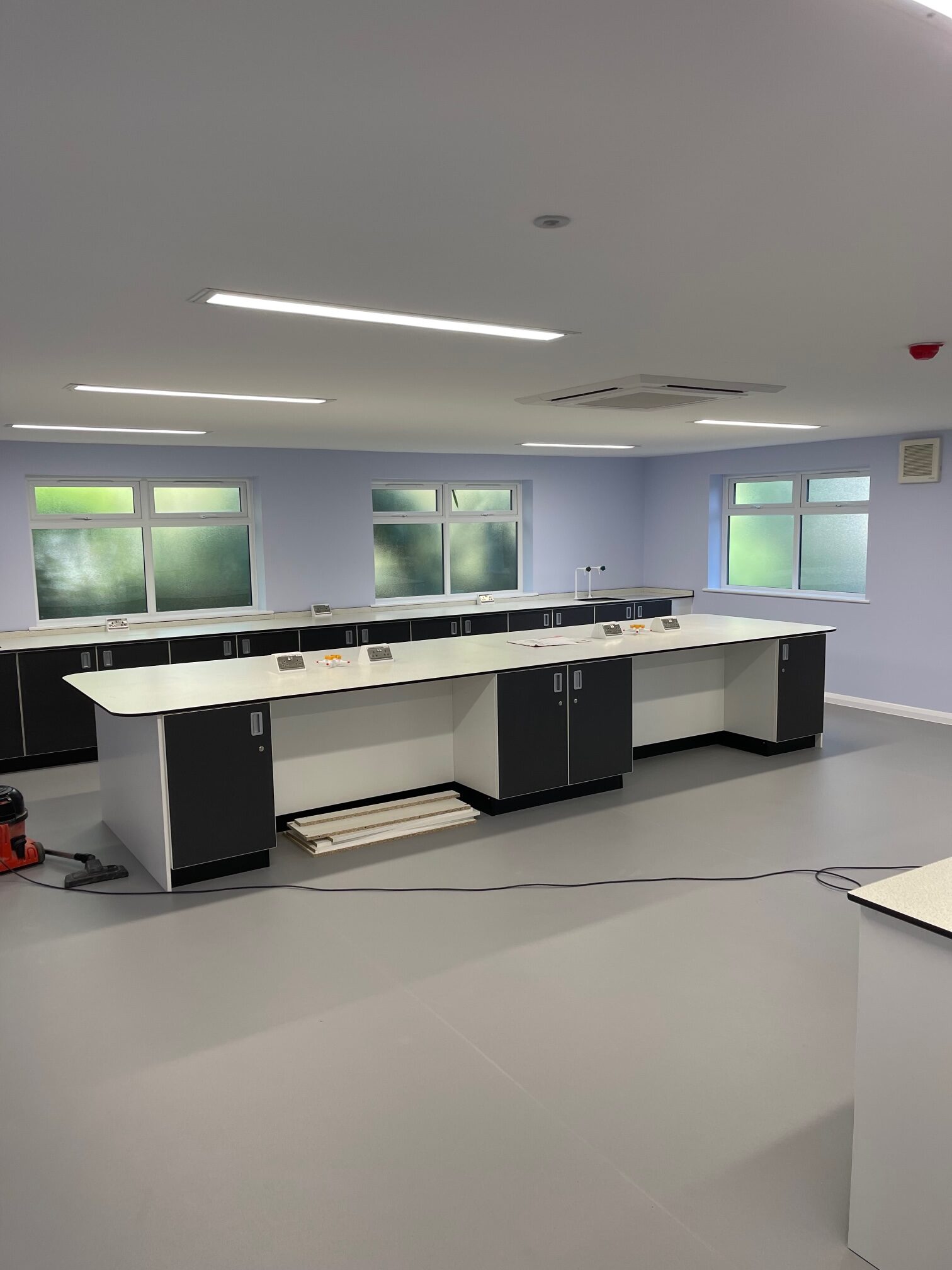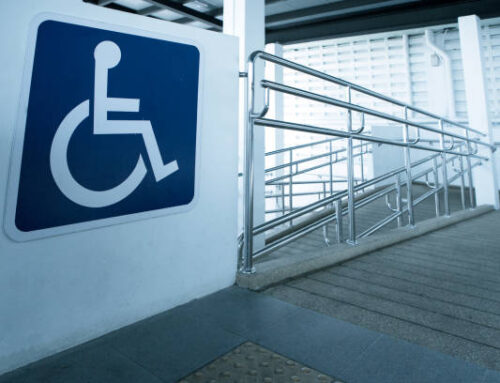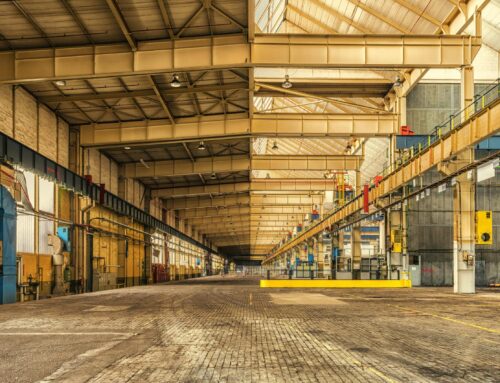Fire protection coatings for commercial construction plays a fundamental role in ensuring safety compliance in commercial construction projects. These coatings act as a barrier, protecting the structural integrity of buildings during a fire by slowing the spread of flames and reducing heat transmission. In many regions, fire protection coatings are a requirement under building safety regulations to ensure that commercial spaces meet the necessary fire safety standards.
When applied correctly, fire protection coatings can save lives, protect property, and help businesses avoid costly repairs or downtime. They provide additional time for building occupants to evacuate and for emergency services to control the situation. Whether used on steel structures or walls, fire protection coatings help contain the damage caused by a fire and ensure that the building maintains its structural integrity long enough for safety measures to be effective.
This article will explore how fire protection coatings work, the types of coatings used in commercial construction, and the specific compliance standards that must be followed. By understanding these key aspects, contractors, architects, and building owners can ensure their commercial construction projects meet the required safety standards and provide maximum protection against fire hazards.
How Fire Protection Coatings Work In Commercial Construction
Fire protection coatings play a very important role in safeguarding commercial buildings from the devastating effects of fire. These coatings are specially designed to slow down the spread of flames and reduce the rate at which heat is transferred to structural materials, such as steel or wood. By doing so, they help maintain the integrity of the building for longer periods, allowing for safe evacuation and effective firefighting measures.
How Fire Protection Coatings Function
Fire protection coatings, also known as intumescent or fire-retardant coatings, are applied to structural components of a building. When exposed to high temperatures during a fire, these coatings react by expanding and forming a thick, protective char. This char acts as an insulating barrier, preventing the material underneath from reaching critical temperatures that could lead to structural failure. In commercial buildings, this is particularly important for steel structures, as steel begins to lose its load-bearing capacity when exposed to extreme heat.
Application Methods
Fire protection coatings can be applied in various ways, including spray application, brush, or roller, depending on the project’s specific requirements. In commercial construction, large-scale projects typically rely on spray application for faster and more even coverage. However, the key to the coating’s effectiveness is in the correct application, which requires expert knowledge and adherence to manufacturer specifications. Proper application ensures the coating will perform as expected in the event of a fire.
Key Uses in Commercial Construction
In commercial settings, fire protection coatings are commonly used on structural steel beams, columns, walls, and ceilings. By slowing the spread of fire and reducing heat transfer, these coatings ensure the building remains structurally sound for longer. This is crucial in preventing collapses, especially in large-scale commercial buildings such as shopping centres, office complexes, and industrial warehouses.
Maintenance and Inspections
To maintain the effectiveness of fire protection coatings, regular inspections and maintenance are necessary. Over time, coatings can degrade due to environmental factors such as humidity, impact, or wear. Building owners should ensure that their coatings are inspected periodically to check for damage, and repairs or reapplications should be carried out as needed.
Fire protection coatings are a critical component in ensuring the safety and compliance of commercial buildings. When applied correctly, they can significantly slow the progression of fire, helping protect lives and property.
Types Of Fire Protection Coatings For Commercial Construction
In commercial construction, there are different types of fire protection coatings designed to suit various materials and structures. Understanding the distinctions between these types helps builders and contractors choose the most suitable option for their projects.
- Intumescent Coatings: Intumescent coatings are one of the most popular fire protection solutions in commercial buildings. These coatings expand when exposed to high heat, forming a protective layer of char that insulates structural elements like steel. They are widely used in commercial settings because they provide an unobtrusive, thin-film finish while offering strong protection. Intumescent coatings are ideal for visible structural elements, as they maintain aesthetic appeal while providing crucial fire resistance.
- Cementitious Coatings: Cementitious fireproofing coatings are thicker than intumescent coatings and provide effective fire resistance by forming a protective barrier over structural elements. Made from lightweight cement-like materials, these coatings are often used for industrial buildings and areas where aesthetics are less of a priority. Cementitious coatings are particularly effective in protecting structural steel, preventing it from reaching critical failure temperatures in the event of a fire.
- Fire Retardant Coatings: Fire retardant coatings are commonly used on wood and combustible materials in commercial buildings. These coatings work by releasing flame-dampening chemicals when exposed to heat, reducing the rate at which the material ignites. They help delay the spread of fire, giving occupants more time to evacuate and fire services more time to respond.
Choosing the Right Coating
The choice of fire protection coating depends on the material being protected and the building’s specific requirements. Intumescent coatings are often preferred for steel structures in commercial spaces due to their ability to blend with architectural design. Meanwhile, cementitious coatings are suited for areas where durability and protection are key, but visual aesthetics are not as important. Understanding these types of fire protection coatings is essential for ensuring that commercial construction projects meet safety standards and provide long-lasting protection.

Safety Compliance Standards For Fire Protection Coatings
Fire protection coatings for commercial construction must adhere to strict safety compliance standards to ensure that buildings are adequately protected in the event of a fire. These standards are essential for meeting legal regulations and safeguarding the structural integrity of buildings. Understanding these compliance requirements is crucial for builders, contractors, and building owners.
Building Regulations and Codes
In the UK, fire protection coatings are governed by strict building regulations, particularly those outlined in the Building Regulations 2010. Approved Document B provides guidance on fire safety and outlines the necessary measures for ensuring that buildings, especially commercial spaces, are constructed to withstand fire. This document also specifies the fire resistance duration that structural elements must meet, depending on the building type and its use.
Third-Party Certifications
Fire protection coatings must meet industry standards to be considered effective and compliant. Certifications from independent bodies like the Loss Prevention Certification Board (LPCB) or Underwriters Laboratories (UL) are often required to demonstrate that the coating products have been rigorously tested and proven to perform under fire conditions. These certifications give building owners and contractors confidence that the coatings will provide the necessary fire resistance.
Fire Resistance Ratings
Fire protection coatings are classified based on their fire resistance ratings, which indicate how long they can protect a building’s structural elements in the event of a fire. Ratings are typically measured in terms of minutes—commonly 30, 60, 90, or 120 minutes—representing how long the coating can prevent the material from reaching critical temperatures. Commercial buildings often require coatings with higher ratings, especially in multi-storey structures or buildings with high occupancy levels.
Regular Inspections and Compliance Checks
It’s not enough to apply fire protection coatings; ongoing compliance is also important. Regular inspections are necessary to ensure that the coatings are still in good condition and capable of performing their protective function. In many cases, building owners are required by law to conduct routine fire safety checks, which include inspecting fire protection systems like coatings. Any damages or wear should be repaired immediately to maintain compliance with safety standards.
Adhering to these safety compliance standards for fire protection coatings for commercial construction is essential for ensuring that buildings are fire-safe and meet the legal requirements for occupancy. Proper application, certification, and regular maintenance are key factors in staying compliant.
The Benefits Of Using Fire Protection Coatings In Commercial Buildings
The use of fire protection coatings in commercial construction offers numerous benefits, making it a crucial part of building safety strategies. These coatings go beyond compliance, contributing to the overall durability and resilience of commercial buildings while providing added protection against fire-related incidents.
- Protecting Structural Integrity: One of the key benefits of fire protection coatings is their ability to preserve the structural integrity of buildings during a fire. When exposed to high temperatures, materials like steel can weaken and lose their strength, which can lead to structural failure. Fire protection coatings, such as intumescent coatings, provide an insulating barrier that delays this process, giving firefighters more time to control the fire and occupants more time to evacuate safely.
- Enhancing Safety Compliance: Fire protection coatings help commercial buildings meet safety regulations and legal requirements. By applying coatings that have been certified and tested for fire resistance, businesses can ensure that their properties comply with local and national safety standards. Compliance not only protects the building but also helps companies avoid potential legal issues and fines.
- Minimising Property Damage: In addition to protecting the structure, fire protection coatings reduce the overall damage caused by fire. The coatings slow down the spread of flames and reduce the amount of heat transferred to walls, ceilings, and other structural components. This can result in less severe damage to the building, reducing repair costs and shortening downtime after a fire event.
- Cost-Effective Long-Term Solution: While fire protection coatings require an initial investment, they are a cost-effective solution in the long run. By preventing extensive damage during a fire, businesses save on repair and rebuilding costs. Additionally, these coatings often have long lifespans, meaning they require little maintenance, further reducing overall expenses.
Incorporating fire protection coatings in commercial construction not only enhances safety but also provides financial benefits, making it a smart investment for any business.

Ensuring Safety Compliance With Fire Protection Coatings
At Pure Construction, we understand the vital role that fire protection coatings for commercial construction play in maintaining safety compliance and protecting buildings. By choosing the right coatings and adhering to safety standards, we help ensure that your commercial space is prepared to withstand fire hazards. These coatings not only protect the structural integrity of buildings but also provide peace of mind, knowing that occupants and property are safeguarded in the event of a fire.
We believe that fire protection coatings are more than just a regulatory requirement—they are a critical part of building resilience and safety. Our team ensures that the coatings we apply meet all industry standards, keeping your property compliant and well-protected. Regular inspections and proper maintenance are key to preserving the effectiveness of these coatings, and we are here to provide ongoing support for your building’s fire safety needs.
If you want to learn more about how fire protection coatings can benefit your commercial property, give us a call today on 02392 375 263. Let us help you ensure that your building meets the highest safety standards and is equipped to handle fire-related risks.








